Home>Furniture & Design>Interior Design Trends>How To Tell Glass From Plastic
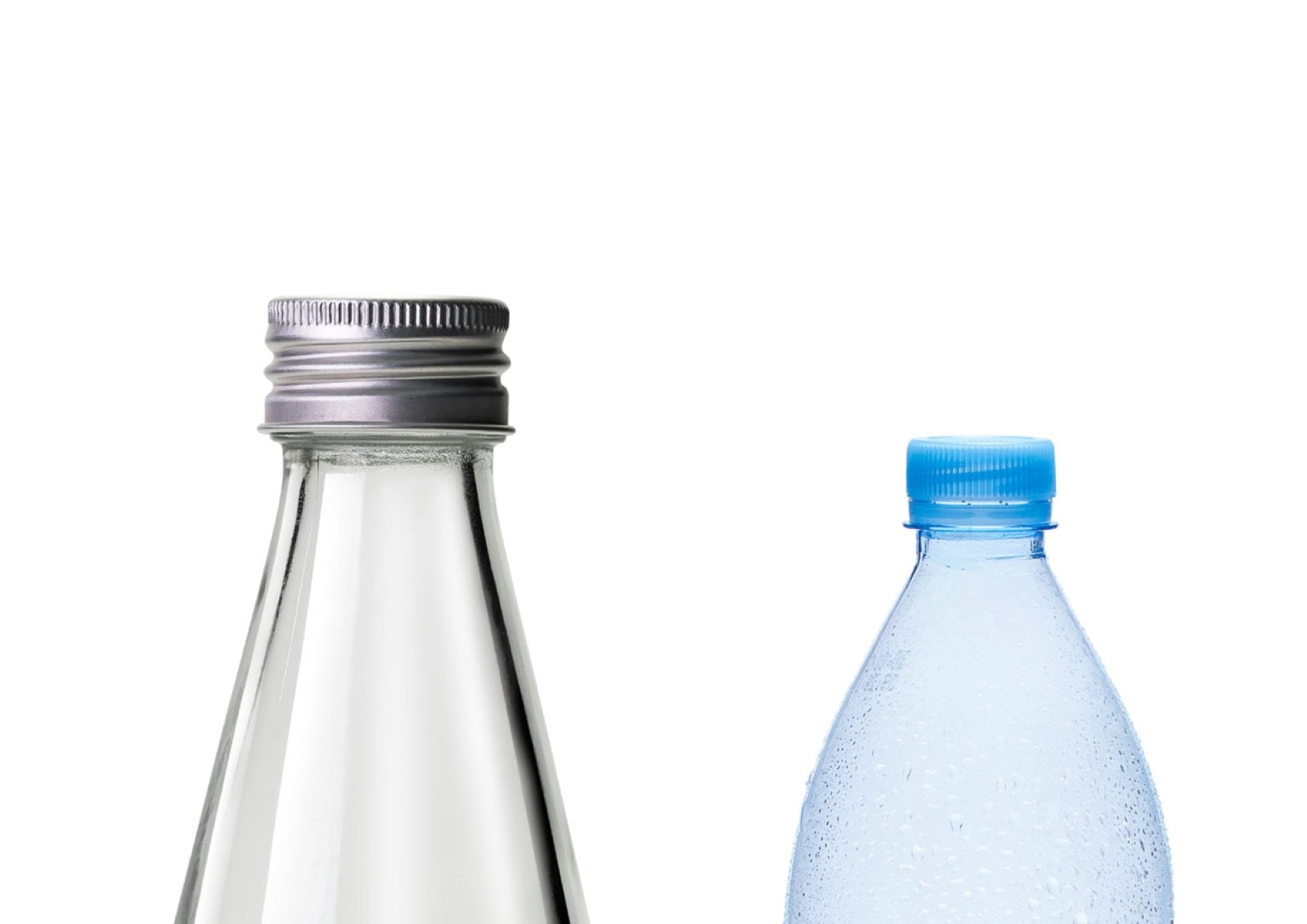

Interior Design Trends
How To Tell Glass From Plastic
Published: February 8, 2024
Learn how to distinguish between glass and plastic materials in interior design. Stay updated on the latest interior design trends. Discover more at [Your Website Name].
(Many of the links in this article redirect to a specific reviewed product. Your purchase of these products through affiliate links helps to generate commission for Storables.com, at no extra cost. Learn more)
Introduction
Distinguishing between glass and plastic is a crucial skill, especially in today's world where both materials are prevalent in various products. Whether you're an antique collector, a recycling enthusiast, or simply curious about the items in your home, being able to differentiate between glass and plastic is essential. This comprehensive guide will equip you with the knowledge and techniques to discern between these two materials with confidence.
Understanding the disparities between glass and plastic goes beyond mere curiosity; it can impact your safety, recycling efforts, and even the value of certain items. By learning to identify these materials accurately, you can make informed decisions about their use, disposal, and potential resale.
Throughout this article, we will explore the physical characteristics, sound, weight, visual, heat, and chemical tests that can be employed to distinguish between glass and plastic. By delving into each of these methods, you will gain a comprehensive understanding of how to differentiate between these materials in various real-world scenarios.
So, whether you're examining a vintage vase, sorting recyclables, or determining the material of a newly acquired item, the insights provided here will empower you to make informed assessments. Let's embark on this enlightening journey to unravel the mysteries of glass and plastic identification.
Key Takeaways:
- Glass and plastic can be told apart by tapping them – glass makes a clear, high-pitched sound, while plastic produces a dull, lower-pitched sound. This simple test helps identify materials accurately.
- By comparing the weight and examining the visual characteristics, such as transparency and surface texture, individuals can confidently differentiate between glass and plastic. These methods empower informed decision-making in daily life.
Read more: How To Tell If Something Is Glass Or Plastic
Physical Characteristics
Glass and plastic possess distinct physical characteristics that can aid in their differentiation. Understanding these traits is fundamental to accurately identifying these materials.
Transparency and Clarity
Glass typically exhibits a higher level of transparency and clarity compared to plastic. When held up to light, glass tends to transmit light more effectively, resulting in a clearer and more distinct visual passage. In contrast, plastic may display a slight haziness or cloudiness, especially when examined against a light source. This disparity in transparency serves as a primary indicator for distinguishing between the two materials.
Hardness and Surface Texture
Glass is inherently harder than most plastics, and this disparity in hardness can be discerned through tactile examination. When gently tapped with a fingernail or another object, glass produces a clear, high-pitched sound due to its rigid structure. Conversely, plastic emits a duller, lower-pitched sound when subjected to the same test. Additionally, the surface of glass tends to feel cooler and smoother to the touch, while plastic may exhibit a slightly softer and warmer texture.
Refractive Index
The refractive index, which determines how light bends as it passes through a material, differs between glass and plastic. This can be observed by placing the material on a printed page and examining the text through it. Glass will not distort the text significantly, maintaining its legibility, while plastic may cause the text to appear slightly distorted due to its lower refractive index.
Read more: How To Tell Crystal From Glass
Weight
Glass is denser and heavier than most plastics of similar size. By carefully comparing the weight of an object to known glass and plastic items of similar dimensions, one can often discern whether the material in question is glass or plastic based on its relative weight.
Thermal Conductivity
When touched, glass tends to feel colder than plastic at room temperature due to its higher thermal conductivity. This difference in thermal conductivity can be a useful indicator when attempting to differentiate between the two materials.
Understanding these physical characteristics provides a solid foundation for distinguishing between glass and plastic. By considering these attributes in conjunction with other identification methods, one can confidently determine the material composition of various items encountered in daily life.
Sound Test
The sound test is a simple yet effective method for differentiating between glass and plastic. By subjecting the material to a gentle tap with a fingernail or a small object, one can discern distinct acoustic properties that are indicative of the material's composition.
When glass is tapped, it produces a clear, high-pitched sound with a sustained resonance. This is due to the rigid and uniform structure of glass, which allows vibrations to travel efficiently through the material, resulting in a distinct and melodious tone. The high-pitched sound is often described as a "ping" or "ring," akin to the sound produced by striking a crystal glass.
In contrast, plastic emits a duller, lower-pitched sound when subjected to the same tapping test. The sound lacks the sustained resonance and clarity characteristic of glass, often resembling a muted "thud" or "thunk." This muted sound is a result of the softer and less rigid nature of plastic, which impedes the efficient transmission of vibrations through the material.
The difference in sound produced by glass and plastic is a direct reflection of their respective physical properties. Glass, being a rigid and homogeneous material, allows vibrations to propagate effectively, resulting in a clear and resonant sound. On the other hand, plastic, with its softer and less uniform composition, dampens the transmission of vibrations, leading to a dull and less defined sound.
The sound test is particularly useful when examining items with uncertain material composition, such as vintage glassware, decorative objects, or electronic devices with glass or plastic components. By employing this method in conjunction with other identification techniques, one can confidently determine whether an item is made of glass or plastic based on the distinct acoustic response elicited by each material.
In summary, the sound test serves as a valuable tool in the arsenal of methods for differentiating between glass and plastic. Its simplicity and reliability make it accessible to individuals across various contexts, empowering them to make informed assessments of the materials they encounter in their daily lives.
Weight Test
The weight test is a practical and straightforward method for discerning between glass and plastic based on their relative densities. Glass, known for its density and weight, typically feels heavier than most plastics of similar size. By carefully comparing the weight of an object to known glass and plastic items of similar dimensions, one can often determine whether the material in question is glass or plastic.
When conducting the weight test, it is essential to handle the items with care and precision. By holding a suspected glass or plastic item in one hand and a known glass object of similar size in the other, one can gauge the relative weight discrepancy between the two materials. The difference in weight becomes more apparent when comparing larger or thicker items, as the density disparity between glass and plastic becomes more pronounced with increased mass.
This method is particularly useful when examining items such as decorative pieces, tableware, or collectibles, where the distinction between glass and plastic may not be immediately evident. Additionally, the weight test can be instrumental in identifying glass and plastic components in electronic devices, ensuring accurate material classification for recycling or repair purposes.
The weight test complements other identification techniques, such as the sound test and visual inspection, providing a comprehensive approach to material differentiation. When employed in conjunction with these methods, the weight test enhances the accuracy of material identification, enabling individuals to make informed decisions regarding the handling, use, and disposal of items composed of glass or plastic.
In summary, the weight test serves as a valuable tool in the arsenal of methods for differentiating between glass and plastic. Its simplicity and reliability make it accessible to individuals across various contexts, empowering them to make informed assessments of the materials they encounter in their daily lives.
Visual Inspection
Visual inspection is a fundamental method for differentiating between glass and plastic based on their distinct visual characteristics. By closely examining the appearance, texture, and optical properties of the material, one can glean valuable insights that aid in accurate identification.
Transparency and Clarity
One of the primary visual indicators for distinguishing between glass and plastic is transparency. Glass typically exhibits a higher level of transparency and clarity compared to plastic. When held up to light, glass allows light to pass through more effectively, resulting in a clearer and more distinct visual passage. In contrast, plastic may display a slight haziness or cloudiness, especially when examined against a light source. This disparity in transparency serves as a primary visual cue for differentiating between the two materials.
Surface Texture
The surface texture of glass and plastic also differs significantly. Glass often boasts a smoother and cooler texture, with a uniform and polished appearance. In contrast, plastic may exhibit a slightly softer and warmer texture, sometimes accompanied by visible imperfections or molding marks. By running a fingertip across the surface and observing the tactile sensation, one can discern subtle textural disparities that contribute to the identification process.
Optical Distortion
When inspecting the material against a pattern or printed text, optical distortion can provide valuable clues regarding its composition. Glass tends to maintain the clarity and integrity of the viewed pattern, with minimal distortion. In contrast, plastic may cause the pattern or text to appear slightly distorted due to its lower refractive index, resulting in a subtle visual distortion. This difference in optical behavior can be a compelling visual indicator when attempting to differentiate between glass and plastic.
Read more: How To Tell Real Gemstones From Glass
Color and Brilliance
The color and brilliance of the material can also offer valuable insights. Glass often exhibits a more vibrant and lustrous appearance, with distinct color properties that remain consistent across the material. Plastic, on the other hand, may display a more muted or artificial coloration, often with variations or inconsistencies in brilliance. By carefully observing the color and reflective properties of the material, one can further refine the visual inspection process to accurately identify glass or plastic.
Visual inspection serves as a cornerstone in the arsenal of methods for differentiating between glass and plastic. By leveraging the distinct visual characteristics of these materials, individuals can make informed assessments and decisions regarding the handling, use, and disposal of items composed of glass or plastic. When combined with other identification techniques, visual inspection enhances the accuracy of material differentiation, empowering individuals to confidently navigate the diverse array of materials encountered in their daily lives.
Heat Test
The heat test is a valuable method for differentiating between glass and plastic based on their distinct thermal properties. By subjecting the material to carefully controlled heat, one can observe specific behaviors and responses that aid in accurate identification.
When conducting the heat test, it is essential to exercise caution and use appropriate safety measures to avoid damage or injury. A small area of the material, preferably an inconspicuous spot, can be subjected to a controlled heat source, such as a hairdryer or a heat gun set to a low temperature. Observing the material's response to heat can provide valuable insights into its composition.
Glass, being a highly heat-resistant material, exhibits minimal to no deformation or damage when exposed to controlled heat. It retains its structural integrity and does not undergo significant changes in shape or appearance. This resilience to heat is a hallmark characteristic of glass and serves as a reliable indicator when differentiating it from plastic.
In contrast, plastic is more susceptible to deformation and damage when subjected to heat. Depending on the type of plastic, it may warp, soften, or even emit a distinct odor when exposed to heat. The material may undergo visible changes, such as warping or blistering, indicative of its lower heat resistance compared to glass.
The heat test is particularly useful when examining items with uncertain material composition, such as decorative objects, kitchenware, or electronic components. By carefully applying controlled heat and observing the material's response, one can confidently determine whether it is made of glass or plastic based on its behavior under thermal stress.
In summary, the heat test serves as a valuable tool in the arsenal of methods for differentiating between glass and plastic. Its ability to reveal the distinct thermal properties of these materials empowers individuals to make informed assessments and decisions regarding the handling, use, and disposal of items composed of glass or plastic. When combined with other identification techniques, the heat test enhances the accuracy of material differentiation, enabling individuals to confidently navigate the diverse array of materials encountered in their daily lives.
Chemical Test
The chemical test is a method that involves using specific reagents or substances to elicit distinct reactions from glass and plastic, aiding in their differentiation. While this test requires careful handling and knowledge of appropriate chemical agents, it can provide valuable insights into the composition of the material being examined.
One common chemical test involves the use of a solvent such as acetone, which is known for its ability to dissolve many types of plastics while having minimal impact on glass. By applying a small amount of acetone to an inconspicuous area of the material and observing its response, one can discern whether the material is composed of plastic or glass. If the material exhibits signs of dissolution, softening, or a change in appearance when exposed to acetone, it is likely to be plastic. In contrast, glass remains unaffected by acetone, retaining its integrity and appearance.
Another chemical test involves the use of hydrochloric acid, which can react with certain types of glass, particularly leaded glass, producing a distinct effervescence or fizzing reaction. This reaction occurs due to the interaction between the acid and the glass, releasing carbon dioxide gas. However, it is important to exercise caution when using hydrochloric acid and to perform the test in a controlled environment with appropriate safety measures.
Additionally, the use of ultraviolet (UV) light can aid in the identification of certain types of plastic. Some plastics exhibit fluorescence or glowing under UV light, providing a visual indicator that can assist in differentiating them from glass. This method is particularly useful when examining items with intricate or opaque surfaces, where visual inspection alone may not provide conclusive results.
The chemical test, when conducted with precision and care, can offer valuable insights into the composition of materials, enabling individuals to make informed assessments and decisions. It is important to note that this test requires a thorough understanding of the properties and potential reactions of the chemical agents used, as well as adherence to safety protocols to prevent exposure or mishandling of hazardous substances.
In summary, the chemical test serves as a valuable method for differentiating between glass and plastic, providing a nuanced approach to material identification. When combined with other identification techniques, the chemical test enhances the accuracy of material differentiation, empowering individuals to confidently navigate the diverse array of materials encountered in their daily lives.
Conclusion
In conclusion, the ability to differentiate between glass and plastic is a valuable skill that empowers individuals to make informed assessments and decisions in various contexts. By leveraging a combination of physical characteristics, sound, weight, visual, heat, and chemical tests, one can confidently discern between these materials with precision.
The physical characteristics of glass and plastic, including transparency, hardness, refractive index, weight, surface texture, and thermal conductivity, provide a solid foundation for material differentiation. These inherent traits serve as fundamental indicators that can be observed through tactile examination and visual inspection, offering valuable insights into the composition of the material.
The sound test, which involves tapping the material to elicit distinct acoustic responses, serves as a simple yet effective method for differentiating between glass and plastic. The clear, high-pitched sound produced by glass contrasts with the dull, lower-pitched sound emitted by plastic, providing a reliable auditory cue for material identification.
The weight test complements the identification process by leveraging the density and mass disparities between glass and plastic. By carefully comparing the weight of a suspected item to known glass and plastic objects, individuals can gauge the relative density of the material, aiding in accurate differentiation.
Visual inspection, encompassing transparency, surface texture, optical distortion, and color properties, offers a nuanced approach to material differentiation. By closely examining the visual characteristics of the material, individuals can refine their assessments and make informed decisions regarding its composition.
The heat test, when conducted with caution, provides valuable insights into the thermal properties of glass and plastic. The resilience of glass to controlled heat exposure contrasts with the susceptibility of plastic to deformation, enabling individuals to confidently determine the material composition based on its response to thermal stress.
The chemical test, while requiring careful handling and knowledge of appropriate reagents, offers a nuanced method for material differentiation. By observing the reactions of the material to specific chemical agents, individuals can glean valuable insights into its composition, enhancing the accuracy of identification.
In essence, the comprehensive array of methods presented in this guide equips individuals with the knowledge and techniques to differentiate between glass and plastic with confidence. Whether examining antique items, sorting recyclables, or making informed purchasing decisions, the ability to discern between these materials is a valuable asset in navigating the diverse array of materials encountered in daily life. By leveraging these methods, individuals can make informed assessments and decisions, contributing to safety, sustainability, and informed material handling practices.
Frequently Asked Questions about How To Tell Glass From Plastic
Was this page helpful?
At Storables.com, we guarantee accurate and reliable information. Our content, validated by Expert Board Contributors, is crafted following stringent Editorial Policies. We're committed to providing you with well-researched, expert-backed insights for all your informational needs.

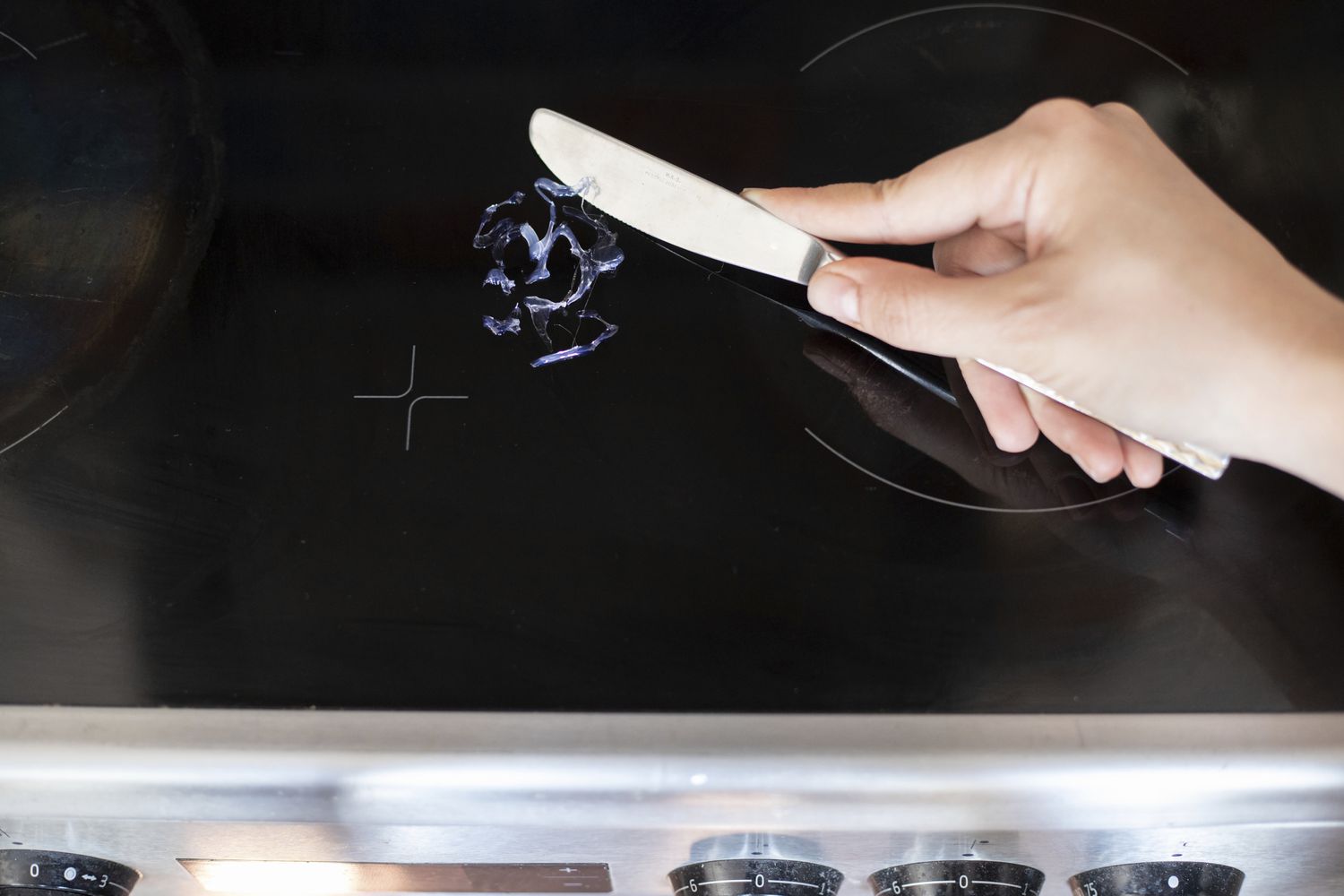

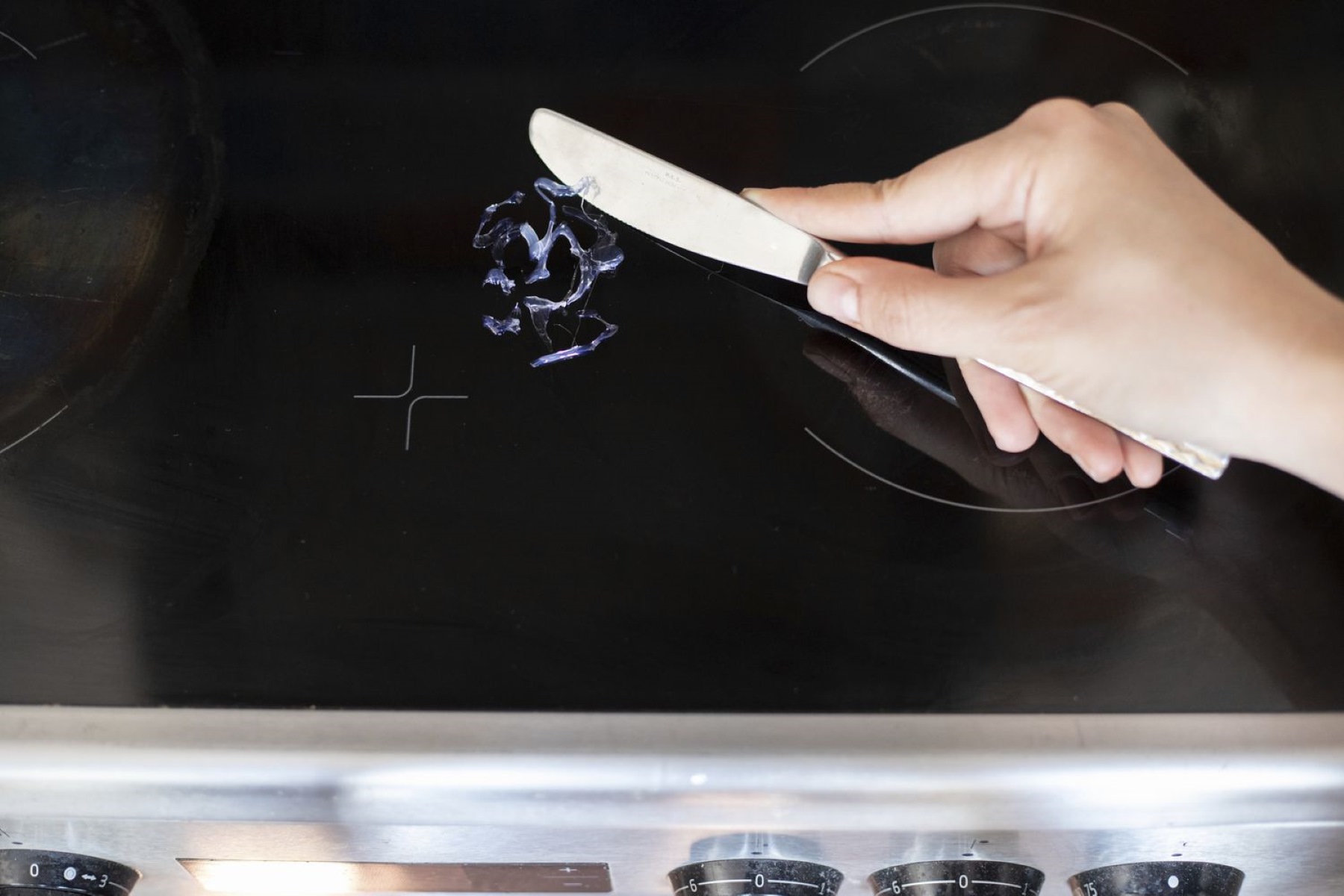
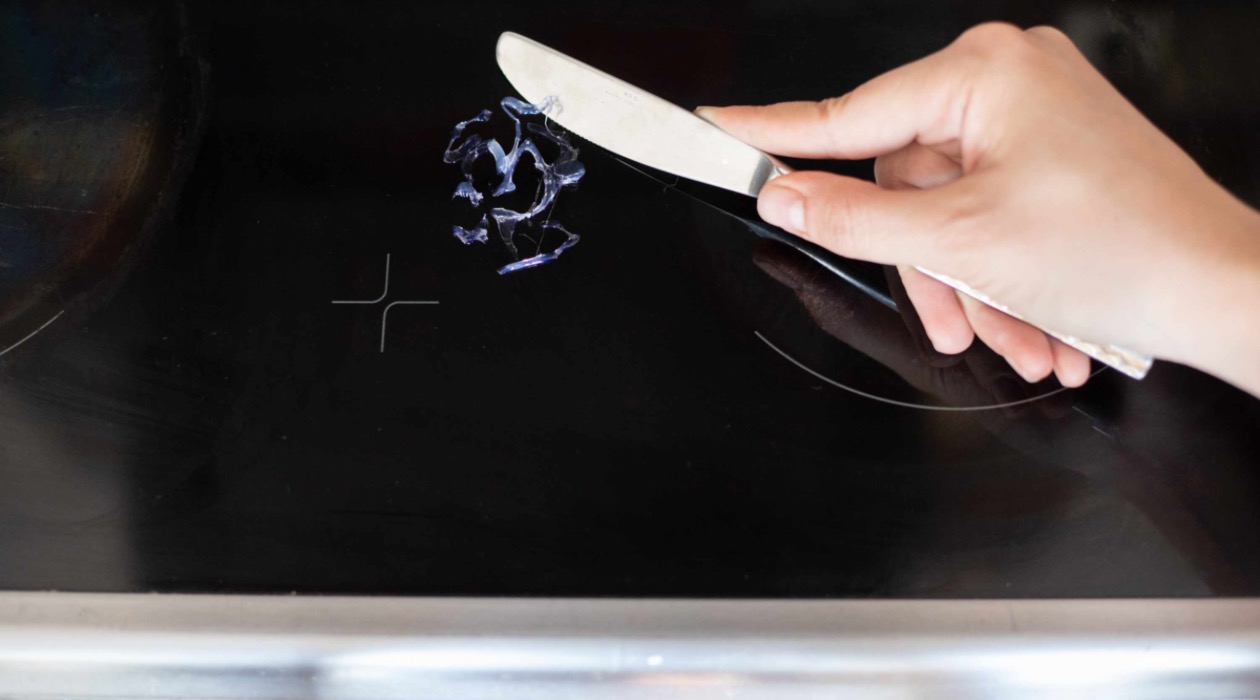


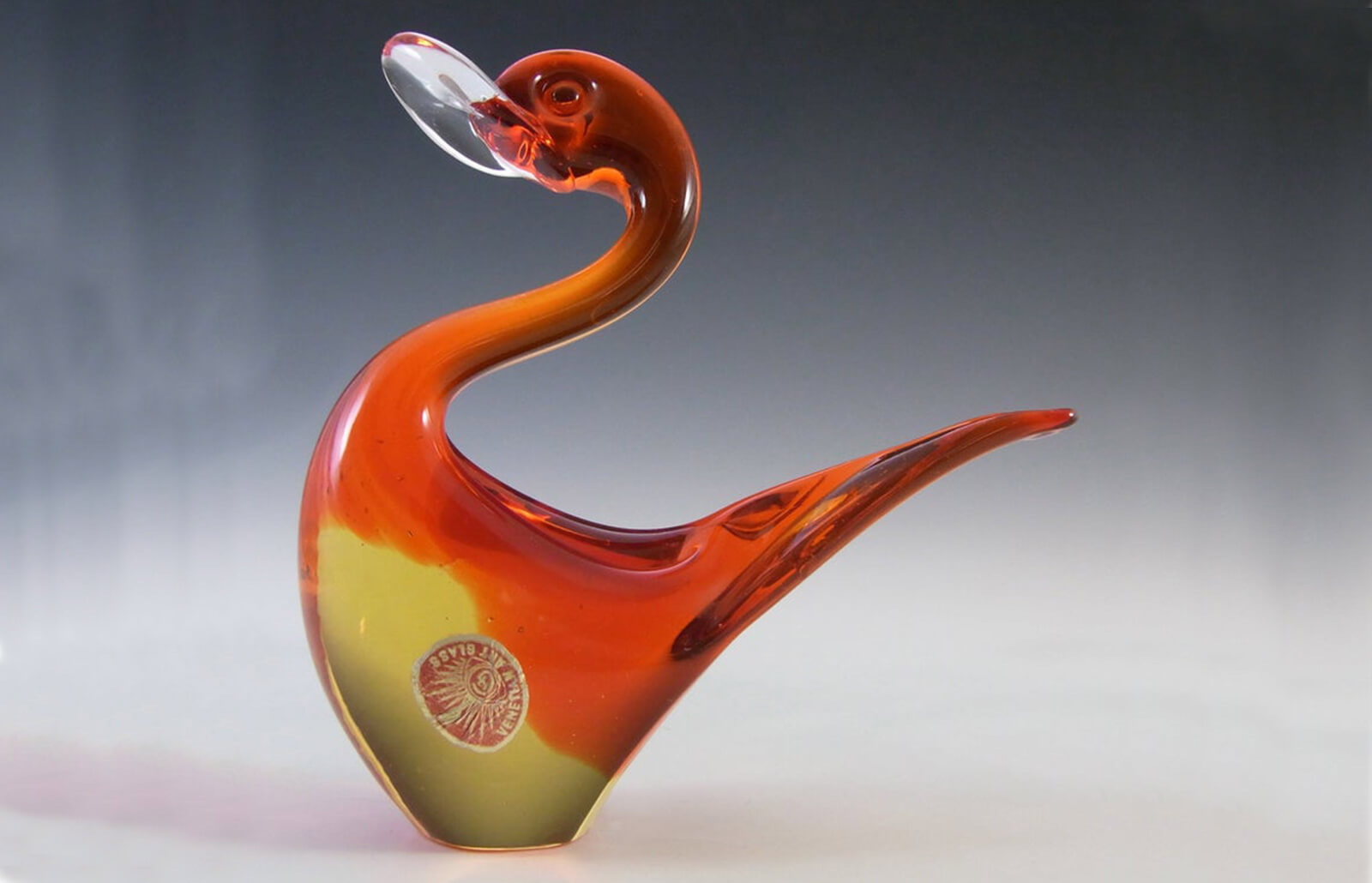

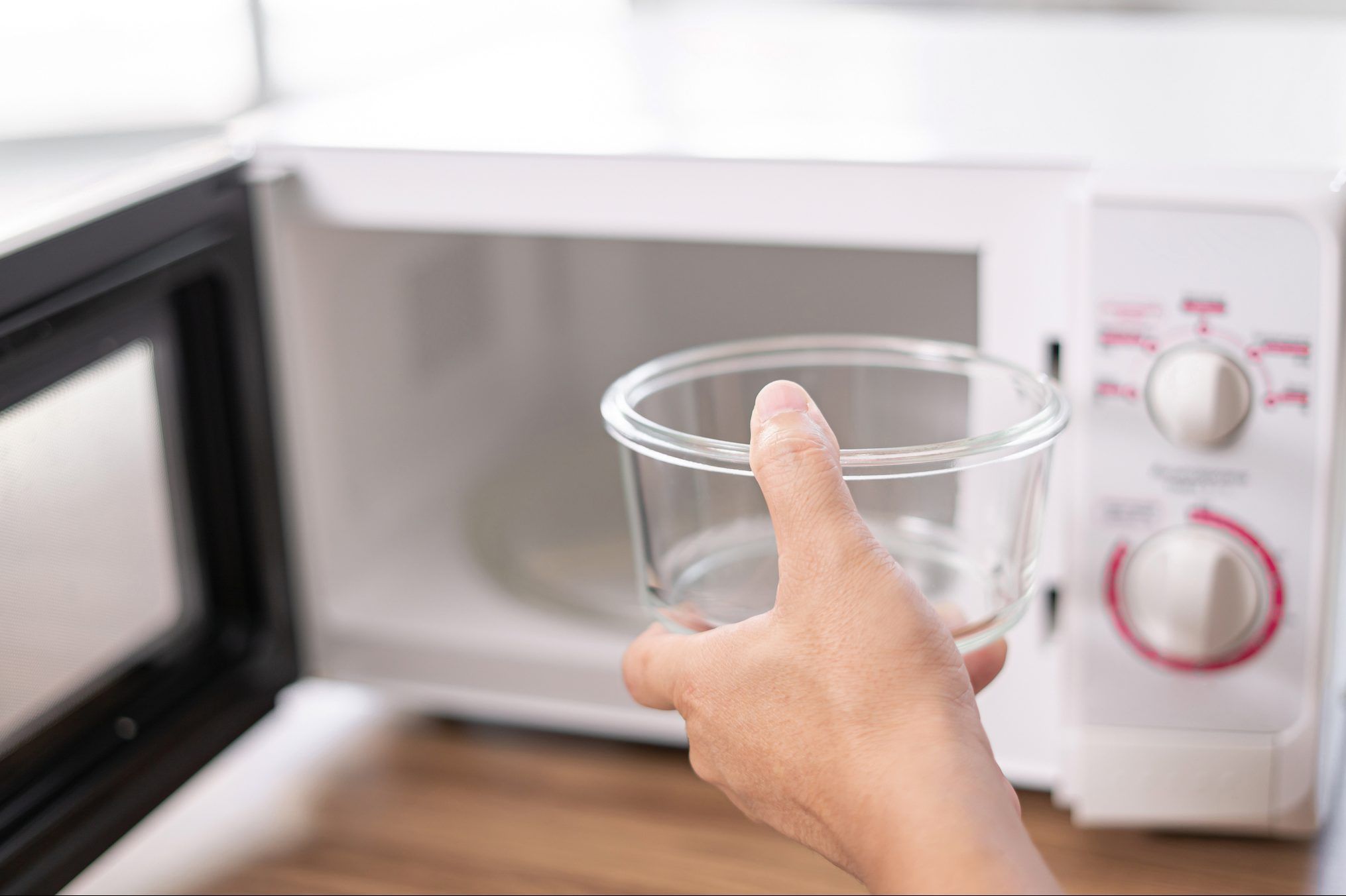
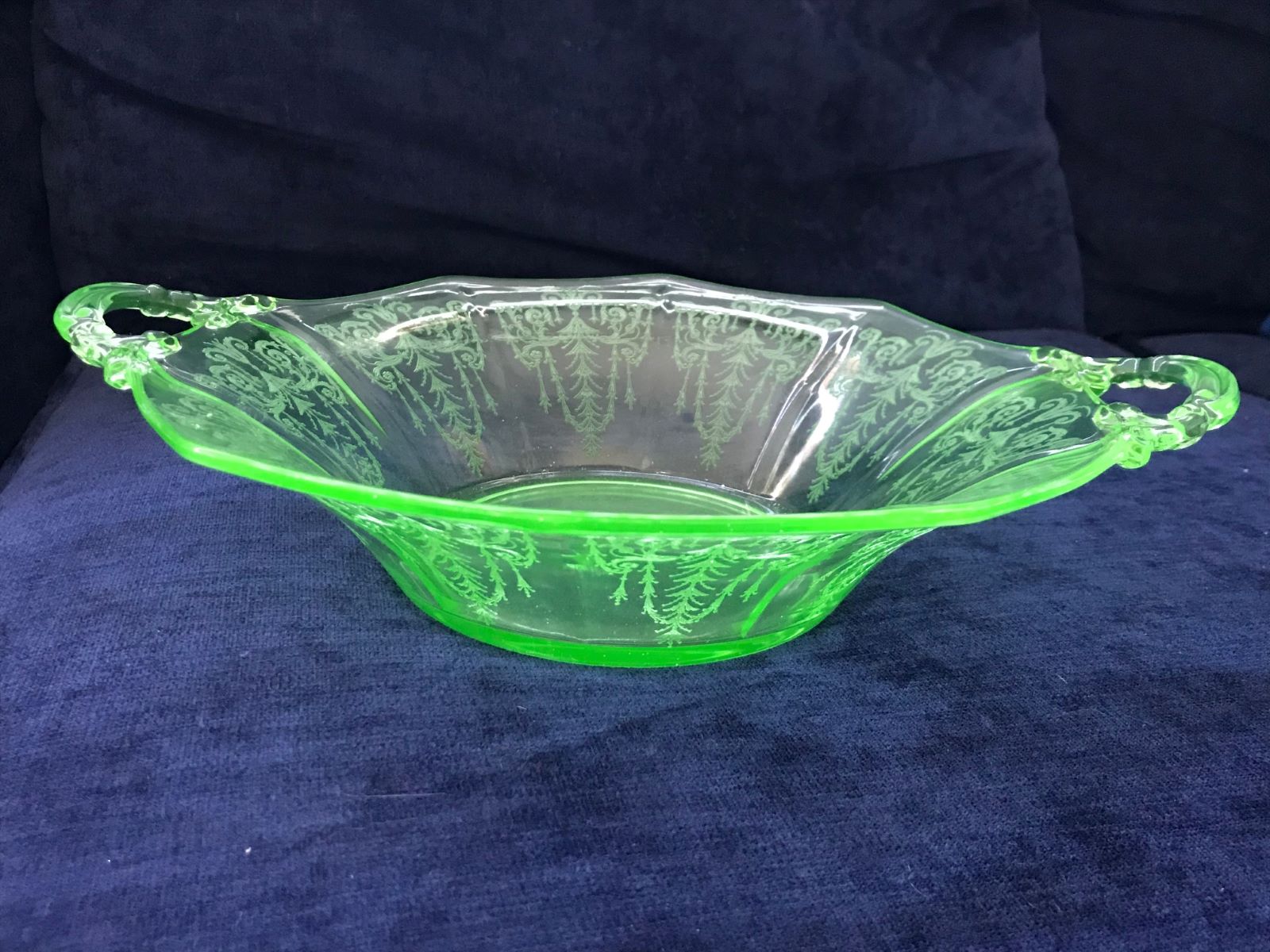
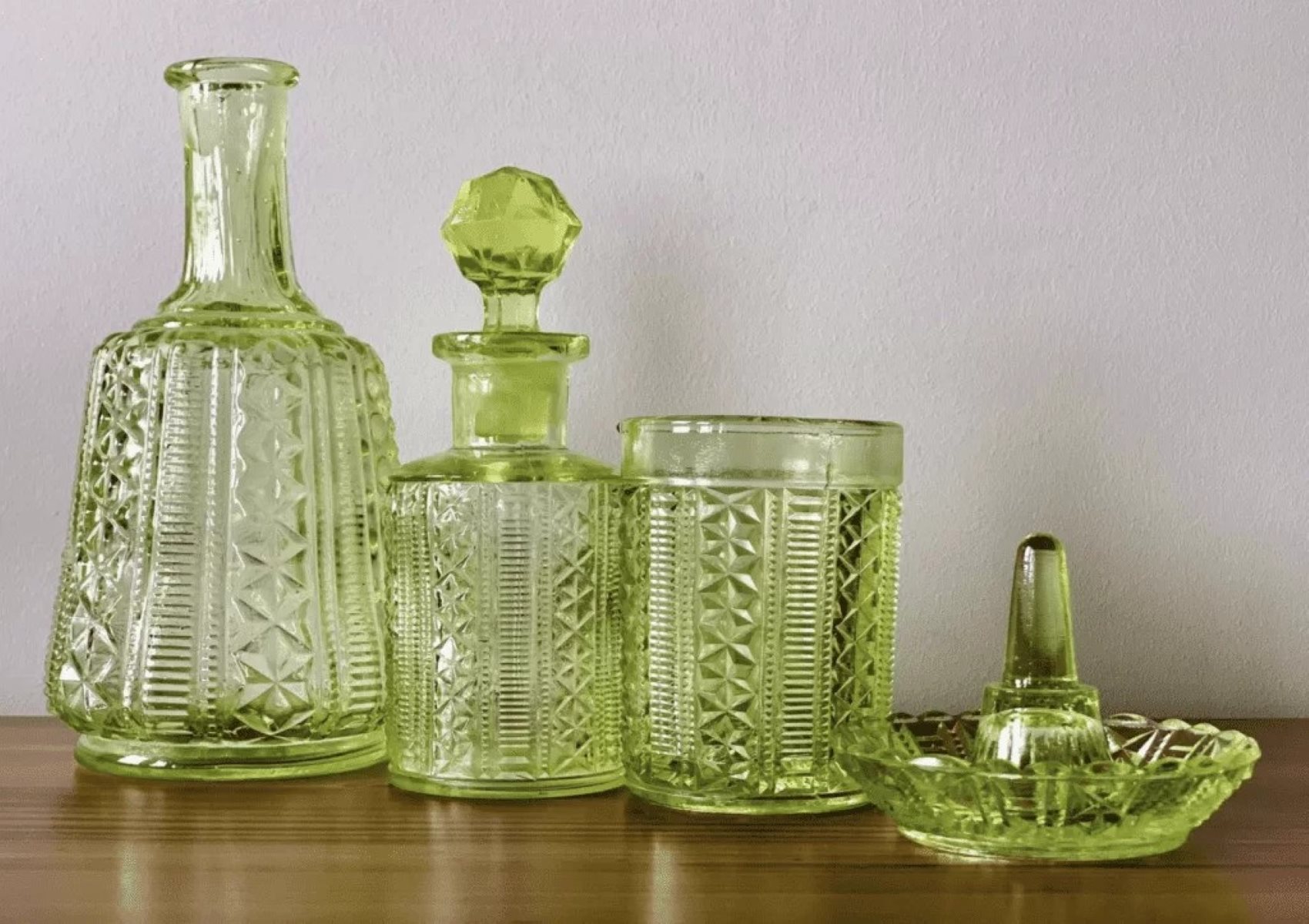

0 thoughts on “How To Tell Glass From Plastic”